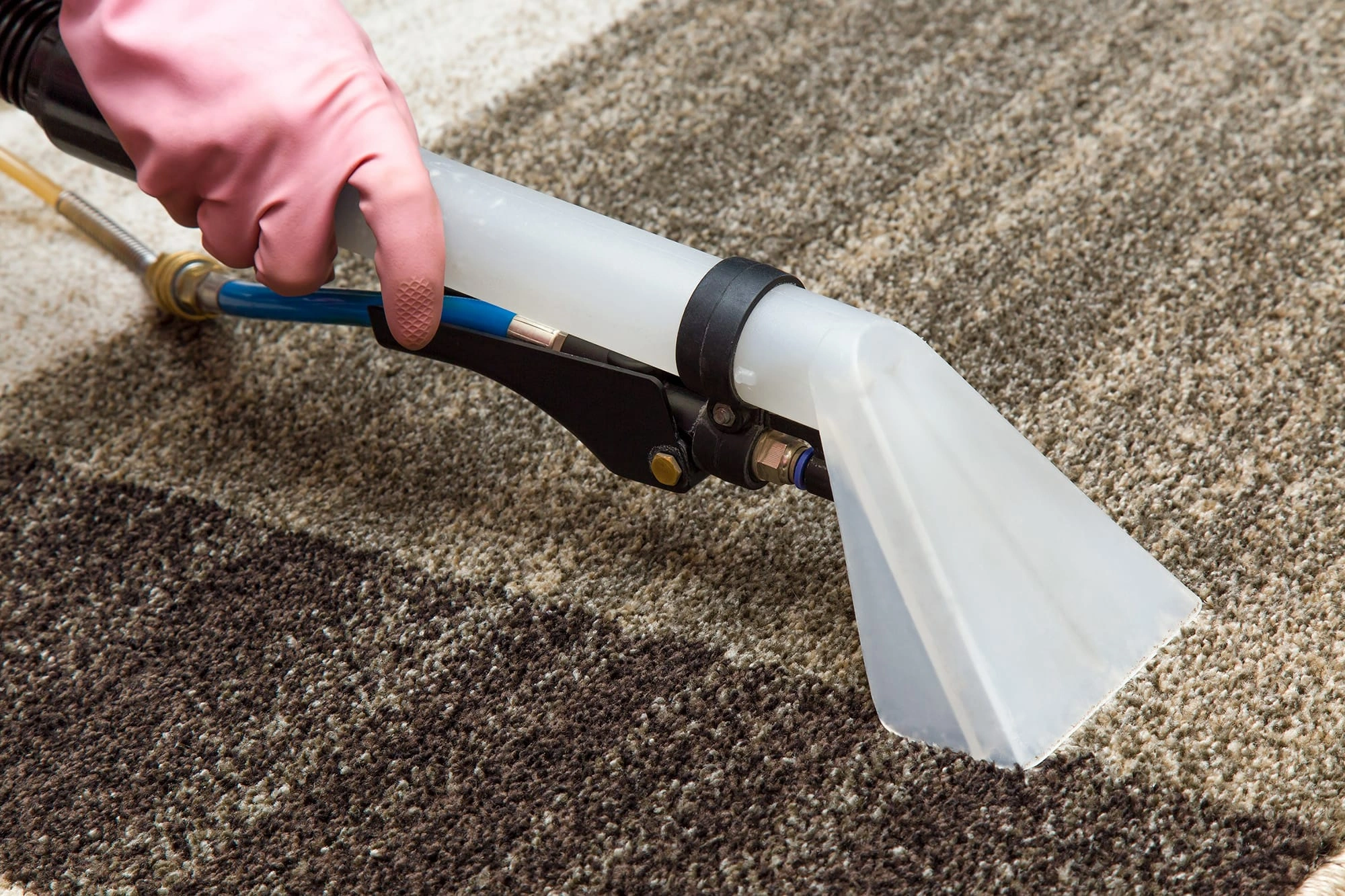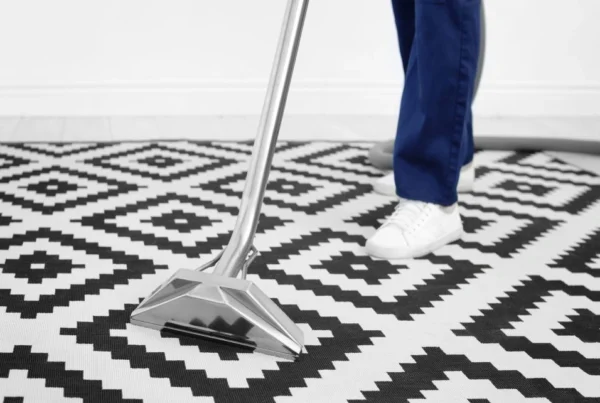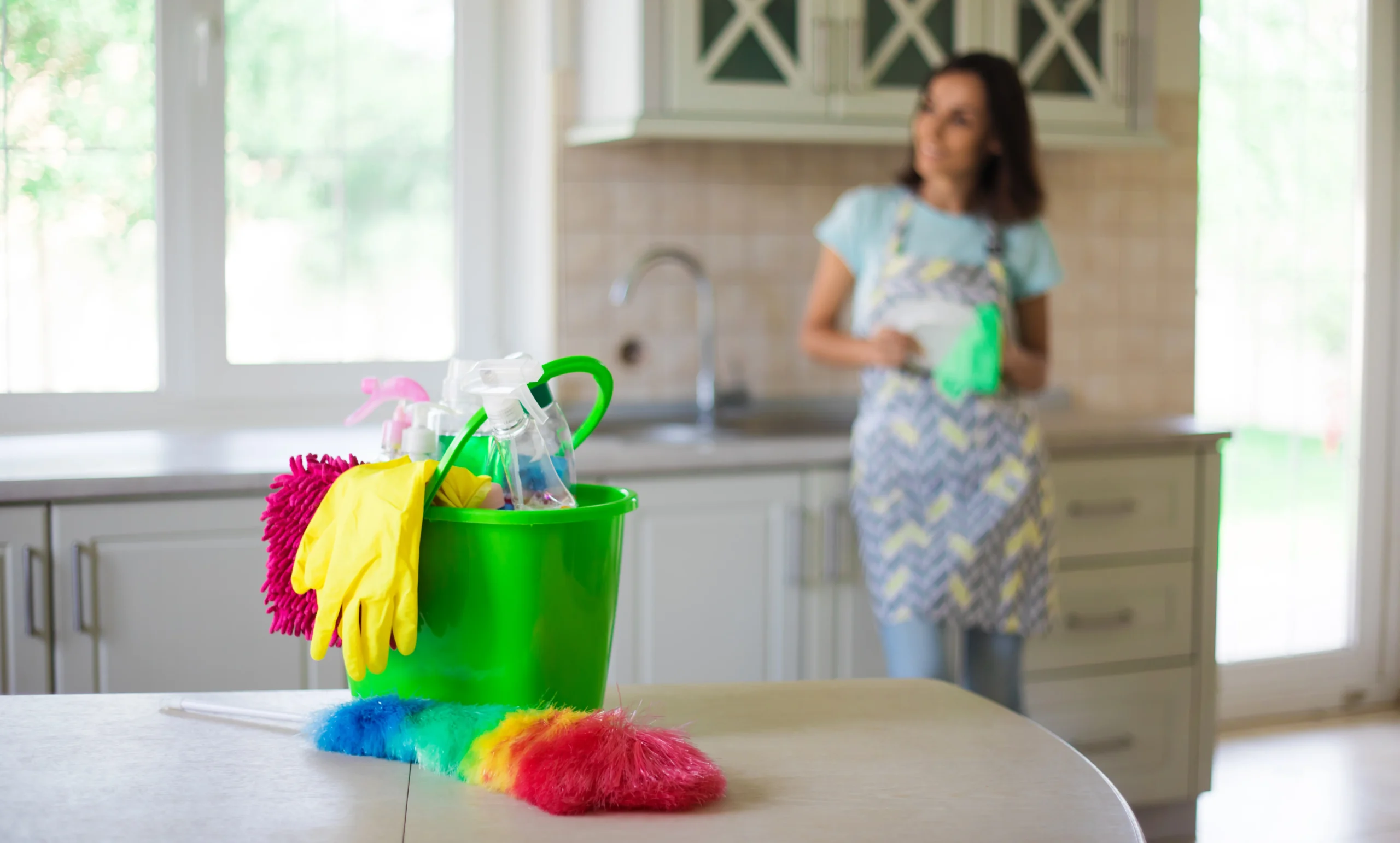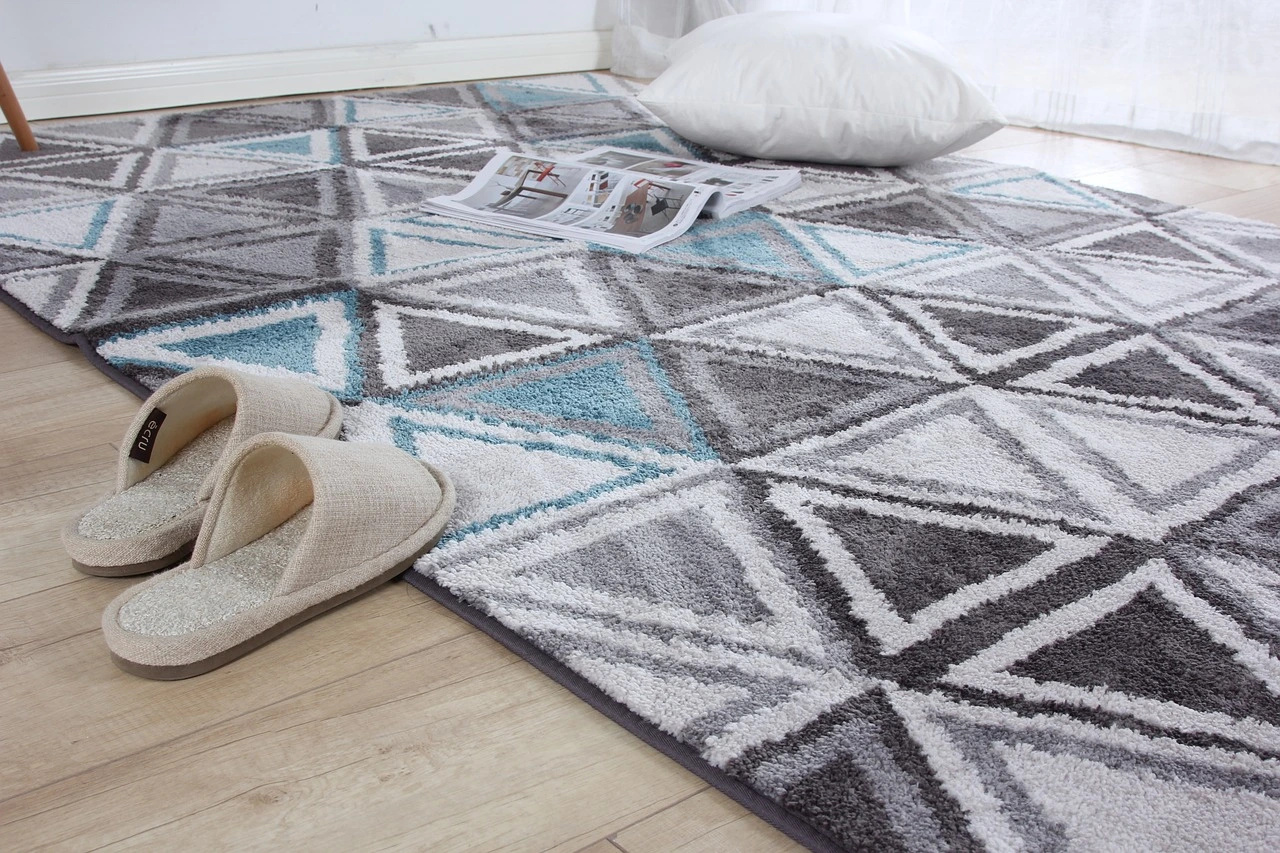Does Carpet Cleaning Cause Mold? The Truth You Need to Know
You’ve probably heard someone say that carpet cleaning can cause mold if the carpet stays wet too long, but is that really true? Does carpet cleaning cause mold?
The short answer is: it can, but only if done incorrectly. Professional carpet cleaning itself doesn’t cause mold; rather, mold growth happens when carpets aren’t dried properly after cleaning. Understanding how moisture, cleaning methods, and ventilation affect your carpet can help you avoid this common concern and keep your home fresh and healthy.
In this guide, we’ll explore what causes mold in carpets, how professional cleaning impacts it, and what you can do to prevent mold growth after cleaning.
What Causes Mold in Carpets?
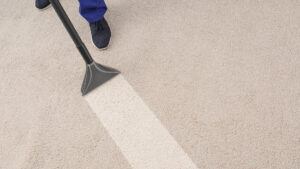 Mold is a type of fungus that thrives in warm, damp environments. Carpets can trap moisture easily, especially thick, padded ones, making them the perfect breeding ground when not properly dried.
Mold is a type of fungus that thrives in warm, damp environments. Carpets can trap moisture easily, especially thick, padded ones, making them the perfect breeding ground when not properly dried.
The most common causes of carpet mold include:
- Excessive Moisture: Flooding, spills, or even over-wet carpet cleaning can lead to trapped moisture under the surface.
- Poor Ventilation: Rooms with limited airflow (like basements) dry slowly, allowing mold spores to multiply.
- High Humidity: Environments with humidity above 60% can encourage mold growth.
- Lack of Sunlight: Mold thrives in dark areas where carpets rarely dry fully.
- Dirty Carpets: Dust and organic matter act as food for mold spores, speeding up their growth.
If your carpet smells musty, feels damp, or shows dark patches, these could be early warning signs of mold.
Can Carpet Cleaning Cause Mold?
Here’s the truth: carpet cleaning itself doesn’t cause mold; moisture retention does.
During cleaning, water and cleaning solutions are used to loosen dirt and stains from carpet fibers. The problem occurs when too much water is used or when the carpet doesn’t dry fast enough afterward.
If moisture seeps deep into the carpet padding and remains there for more than 24 to 48 hours, mold spores can begin to form.
This usually happens when:
- The cleaning equipment isn’t powerful enough to extract excess water
- DIY cleaning methods use too much water and soap
- Rooms lack ventilation or airflow during drying
- Humidity levels stay high after cleaning
Professional carpet cleaners use industrial-grade extraction tools that remove most of the moisture immediately, which greatly reduces the risk of mold forming.
How Professional Carpet Cleaning Actually Helps Prevent Mold
Rather than causing mold, professional carpet cleaning often helps prevent it when done correctly.
Here’s how:
1. Deep Dirt Removal
Mold spores feed on dust, debris, and bacteria trapped in carpet fibers. A deep professional clean removes these food sources, reducing the chance of future growth.
2. Controlled Moisture Use
Experts use just enough water to clean effectively without oversaturating the carpet. This precision ensures quick drying.
3. Powerful Water Extraction
High-suction equipment removes most of the water during cleaning, so the carpet is only slightly damp afterward, not soaking wet.
4. Quick Drying Techniques
Professionals use air movers, fans, and dehumidifiers to speed up drying time and keep humidity low.
5. Antimicrobial Treatments
Some cleaning companies apply mold inhibitors or disinfectants after cleaning to prevent microbial growth, especially in humid climates.
How Long Should It Take for Carpets to Dry?
Drying time is crucial when preventing mold. Ideally, your carpet should be completely dry within 6 to 12 hours after professional cleaning.
If you did a DIY deep clean, it might take up to 24 hours or more, which increases the risk of mold forming underneath if airflow is poor.
Tips to Speed Up Carpet Drying:
- Turn on fans or ceiling fans to improve air circulation.
- Open windows if the weather permits.
- Use a dehumidifier to lower humidity levels.
- Avoid walking on the carpet until it’s fully dry.
- If possible, turn on your HVAC system for better air movement.
Warning Signs of Mold After Carpet Cleaning
Even if your carpet looks clean, hidden mold can develop underneath the surface. Here are some common signs to watch for:
- Persistent Musty Odor: A damp or earthy smell that lingers even after cleaning.
- Discoloration: Dark or greenish patches, often appearing around edges or corners.
- Damp Carpet Pad: If the carpet feels wet for more than 24 hours, mold might already be forming.
- Allergy Symptoms: Sneezing, watery eyes, or coughing can worsen due to mold spores.
- Warping or Bubbling: Moisture under the carpet pad can cause lifting or bubbling areas.
If you notice any of these signs, contact a professional immediately for inspection and possible remediation.
DIY Carpet Cleaning vs Professional Cleaning: Mold Risks
| Cleaning Method | Mold Risk Level | Why It Happens |
| DIY with rental cleaner | High | Excess water use, poor extraction, and long drying time |
| Steam cleaning (DIY) | Moderate | Effective cleaning but often slow drying |
| Professional hot water extraction | Low | Precise moisture control and strong suction |
| Dry carpet cleaning | Very Low | Uses minimal moisture and is quick drying |
If you’re cleaning your carpet yourself, use minimal water and always prioritize drying afterward. For best results, hire a reputable carpet cleaning service that uses professional-grade extraction and drying equipment.
How to Prevent Mold After Carpet Cleaning
Whether you clean your carpets on your own or hire professionals, these steps can help you prevent mold from forming afterward:
1. Ensure Proper Drying
The most important step is to make sure carpets dry quickly. Use fans, open windows, and air conditioning to keep air moving.
2. Maintain Low Indoor Humidity
Keep humidity levels between 30% and 50%. A dehumidifier helps, especially during rainy or humid seasons.
3. Avoid Over-Wetting
If you’re cleaning carpets yourself, don’t soak them. Use the smallest amount of water possible while still removing stains effectively.
4. Clean Regularly
Routine vacuuming removes dirt, dust, and organic debris that mold spores thrive on.
5. Use Mold Inhibitors
Ask your cleaner about anti-microbial solutions that can be applied during cleaning for long-term protection.
6. Don’t Delay Repairs
Fix leaks, condensation, or water damage immediately to avoid moisture buildup under carpets.
How to Get Rid of Mold in Carpets
If you suspect mold has already started growing, don’t ignore it. Mold spreads quickly and can damage your flooring or trigger health problems.
1. Inspect the Carpet
Pull up a corner to check the padding and subfloor. Mold often hides underneath before becoming visible.
2. Dry the Area Completely
Use fans and dehumidifiers to eliminate moisture.
3. Clean with Vinegar or Baking Soda
For mild cases, mix white vinegar with water (1:1 ratio) and lightly spray affected areas. Baking soda also absorbs odor and moisture.
4. Steam Clean Professionally
A professional cleaner can treat the carpet with anti-microbial solutions and high-heat steam to kill mold spores.
5. Replace the Carpet (Severe Cases)
If the mold has reached the carpet pad or subfloor, replacement may be necessary to prevent recurrence.
Myths About Carpet Cleaning and Mold
Let’s clear up a few misconceptions that often circulate about carpet cleaning and mold:
Myth 1: “Carpet cleaning always causes mold.”
False. Only improper drying causes mold, not professional cleaning itself.
Myth 2: “Using more water cleans better.”
In fact, over-wetting leads to mold. Controlled water use cleans better and dries faster.
Myth 3: “You can ignore mold if it’s small.”
Even small mold patches release spores that can spread quickly and affect air quality.
Myth 4: “DIY carpet cleaning is just as effective as professional cleaning.”
While DIY methods can help, professional equipment removes much more water and dirt, significantly lowering mold risk.
How Often Should You Clean Carpets to Prevent Mold?
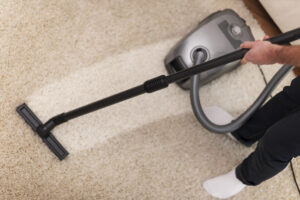
The general recommendation is to have your carpets professionally cleaned every 6 to 12 months, depending on foot traffic, pets, and lifestyle.
For humid regions like Vancouver, consider cleaning more frequently and always ensure proper ventilation afterward. Regular cleaning not only keeps carpets looking fresh but also removes hidden allergens and moisture-prone debris before they can cause problems.
Final Thoughts
So, does carpet cleaning cause mold? Not when done correctly. Mold only becomes a problem when carpets are left damp for too long. Professional cleaners use the right amount of water, powerful extraction tools, and quick-drying techniques that minimize any risk.
By ensuring proper airflow, humidity control, and timely drying, you can enjoy clean, fresh carpets without worrying about mold.
If you want clean carpets without the risk of mold, trust the professionals at ProClean’s Cleaning Services Vancouver. Our expert cleaning team uses advanced water-extraction methods and quick-drying equipment to keep your carpets spotless, safe, and mold-free.
Book your carpet cleaning today and experience a healthier, fresher home the right way.
Follow us on our socials here:
Find out more articles that can help you below:

